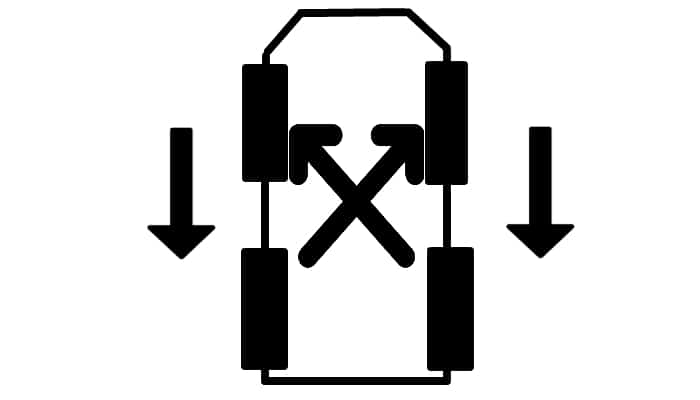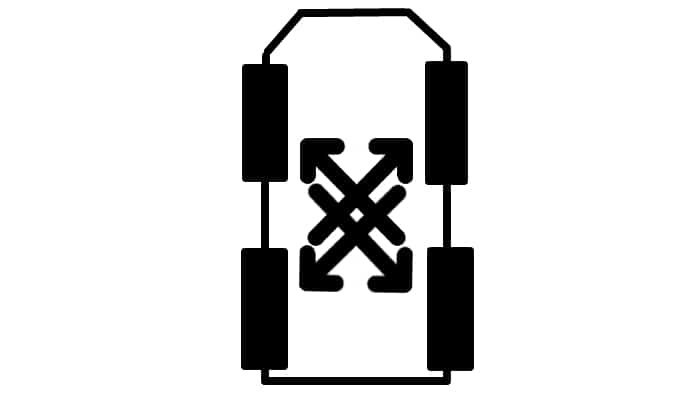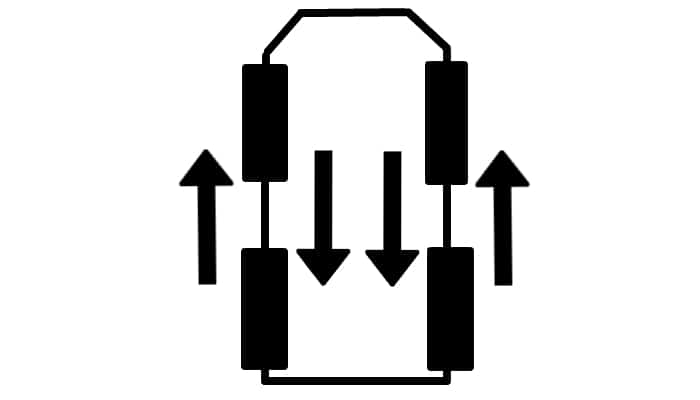The aging process of your automobile components is something you cannot avoid. Sooner or later, your car parts are going to succumb to the horrible effects of deterioration. What you can do instead is to push back the impacts of aging. One way to slow the aging process of certain parts is tire rotation. When you change the position of your tires from time to time, tire wear becomes even which contributes to long-lasting rubber components. Since most of us drive every day, how often should you rotate tires?
What Are the Types of Tire Rotation?
Let’s have a basic understanding first about tire rotation in case you want to do it yourself. You cannot just remove your tires and place them anywhere you want around the vehicle.
There are several factors you have to take seriously or your automobile will move abnormally after your do-it-yourself tire rotation. Do your tires have different sizes? Is there a spare tire at the back of your vehicle? Are you driving an all-wheel, 4-wheel, rear-wheel or front-wheel drive automobile? Lastly, do you have directional or non-directional tires? The last bit is crucial for directional tires are meant to rotate in a single direction only.
Without further ado, here are multiple types of tire rotation:
Side-to-Side

This is for tires with different sizes. Simply put, the front tires transfer positions with one another. The same goes for the rear tires.
Five-Tire
Obviously, this rotation type is meant for vehicles with a full-sized spare tire at the back. However, the patterns we are going to give you are only applicable for non-directional spare tires that are not labeled for temporary use. Your spare tire’s wheel should have the same size as your main four. If you choose not to follow the five-tire rotation despite the need, your spare tire – once installed – would have a different tread depth compared to the other three. The result is excessive force on your car’s drivetrain.
If your owner’s manual does not contain recommended tire rotation patterns, take note of the following options instead:

The forward cross pattern is for a front-wheel drive vehicle. The rear tires transfer to the front, but they need to take opposite positions. Meanwhile, the front tire from the left moves to the rear. It still needs to be on the same side. It should be left all the way. Next, the spare tire transfers to the rear position on the right. Lastly, the front tire from the right side becomes the new spare.

On the other hand, the rearward cross pattern is obviously for a rear-wheel drive. It is also applicable for a 4-wheel drive. The first thing you need to transfer is the rear tire on the left. It should move to the front but still on the left side. The same thing goes for the rear tire on the right. Meanwhile, the right front tire you removed goes to the left rear. Regarding the spare tire, it should transfer to the right rear. The new spare will be the front tire from the left side.
Rearward Cross

Regarding 4-wheel and rear-wheel drive automobiles that have non-directional tires with the exact same size, a rearward cross is an ideal pattern. The rear tires simply transfer to the front section while maintaining their side. Meanwhile, the front tires move to the rear but on opposite sides.
Forward Cross

This pattern is ideal for front-wheel drive automobiles. The front tires just transfer to the rear position without heading to opposite sides. As for the rear tires, they transfer to the front while taking opposite sides.
X-Pattern

As an alternative to the forward cross, the X-pattern only differs from the previous one because all tires from the front and rear sections go to their opposite sides. This time, no tire follows a straight direction.
Front-to-Back

Saving the simplest one for last, the front-to-back pattern is mainly for directional tires with the same size. Without any crisscross movement, the front tires just move to the rear while the rear ones obviously take the front part of the vehicle.
How Often Should You Rotate Tires?
Some experts suggest rotating tires at least once a year, on the same day as your oil maintenance schedule. To be more specific, tire rotation is highly recommended twice a year if you change your oil every six months or 7,500 miles. Some automobiles can go as far as 15,000 miles before the need for an oil change, but that mileage is a long wait for rotating your tires. To be more certain about the interval, check your owner’s manual.
How Is Tire Rotation Done?
Tire rotation is one of the maintenance activities you can absolutely do in your own home. As long as you know how to use garage tools as well as remove and install tires, you can definitely do a successful tire rotation. Here is a brief guide on how to rotate tires:
Prepare the vehicle.
Make sure the work area is completely flat. Then, engage the parking brake. Lastly, prepare large pieces of wood so you can block the wheels that are not lifted yet.
Remove hubcaps.
Before you start lifting the vehicle with a car floor jack, remove the hubcaps with a flathead screwdriver to expose the lug nuts. Next, loosen the lug nuts with a lug wrench. Remember, just loosen the nuts – do not remove them just yet.
Lift the vehicle.
To successfully make a complete tire rotation, the car must be totally elevated from the ground. This is only possible if you have multiple jack stands, preferably four pieces. If you have only two stands, you really have to plan your pattern first and lift the car step-by-step.
Rotate the tires.
When you are finally ready to rotate your tires, it is time to remove the lug nuts from the first tire. Then, take off the tire. Put it next to its new location while you are removing the existing tire there. This initiative prevents confusion as you follow the pattern. When you install the new tire, just manually tighten it. Do the same process for the next tire and so on.
Lower the vehicle.
Using the jack, raise the car a little bit more so you can remove the stands. Afterwards, lower the car. Do this gradually since the car was completely lifted off the ground.
Install the hubcaps again.
To tighten the tires even more, finally install the hubcaps back and tighten the lug nuts using a lug wrench. Check the air pressure of all tires before using your car again.
Summary
Again, how often should you rotate tires? The standard is at least once a year, but it is highly recommended to do tire rotation twice a year when you change your oil every six months or 7,500 miles.
For additional knowledge about tires, find out how long they usually last! Also, feel free to check out the best all-season tires so your car will survive most road conditions.















